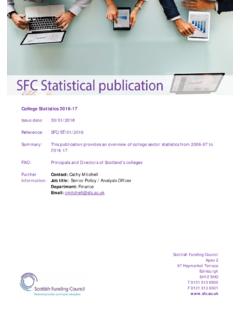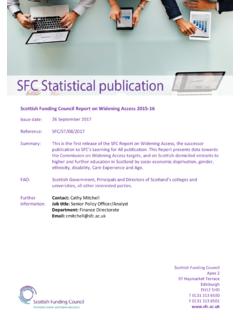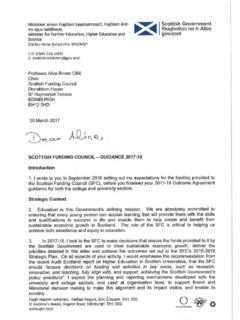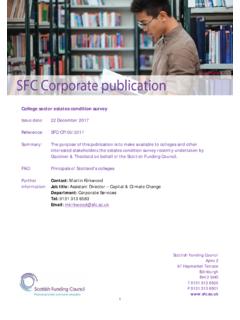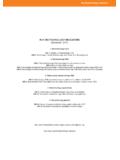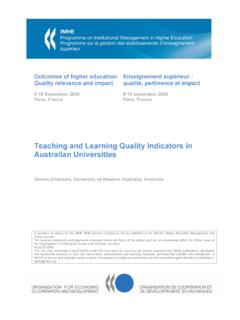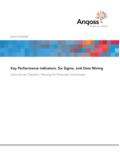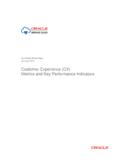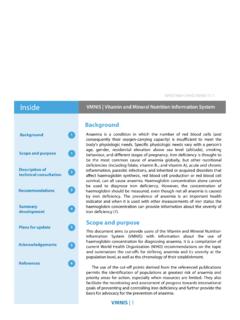Transcription of College Performance Indicators 2015-16
1 College Performance Indicators 2015 -16 Issue date: Reference: Summary: FAO: 24 January 2017 SFC/ST/01/2017 The purpose of the Indicators is to inform stakeholders about the Performance of the sector. Principals and directors of Scotland s colleges Further information: Contact: Kenny Wilson Job title: Senior Policy Officer Department: Finance Tel: 0131 313 6509 Email: Scottish Funding Council Apex 2 97 Haymarket Terrace Edinburgh EH12 5HD T 0131 313 6500 F 0131 313 6501 The UK Statistics Authority has designated these statistics as National Statistics, in accordance with the Statistics and Registration Service Act 2007 and signifying compliance with the Code of Practice for Official Statistics.
2 Contents Executive Summary ..3 Introduction ..5 How our Performance Indicators are presented ..7 Key Performance Indicators charts ..9 Outcomes for FE student enrolments on recognised qualifications ..9 Students completing their FE course that did not achieve full success .. 11 Outcomes for HE student enrolments on recognised qualifications .. 13 Students completing their HE course that did not achieve full success .. 15 Outcomes by age group (combined FE and HE courses) .. 16 Outcomes by gender and level (combined FE and HE courses).
3 17 Outcomes by subject groupings on FE courses .. 18 Outcomes by subject groupings on HE courses .. 19 Outcomes by key groups (combined FE and HE courses) .. 20 Performance against activity 21 Further information .. 22 Technical annex .. 23 Index of charts Chart 1: Outcomes for FE student enrolments on full time recognised qualifications .. 10 Chart 2: Outcomes for Further Education student enrolments on part time recognised qualifications .. 11 Chart 3: Level of achievement for students completing an FE course of 160 hours or more who did not achieve full 12 Chart 4: Outcomes for HE student enrolments on full time recognised qualifications.
4 13 Chart 5: Outcomes for HE student enrolments on part time recognised qualifications .. 15 Chart 6: Level of achievement for students completing an HE course of 160 hours or more who did not achieve full 16 Chart 7: Enrolments by age group for courses lasting 160 hours or more .. 17 Chart 8: Enrolments by level and gender on courses lasting 160 hours or more .. 18 Chart 9: Enrolments by Education Scotland subject groupings on FE courses lasting 160 hours or more .. 19 Chart 10: Enrolments by Education Scotland subject groupings on HE courses lasting 160 hours or more.
5 20 Chart 11: Outcomes for student enrolments on courses lasting 160 hours or more .. 21 Chart 12: Performance against activity targets .. 22 3 Executive summary 1. The sector exceeded its student number target for 2015 -16 and in doing so delivered 117,204 Full Time Equivalent (FTE) student places which is 935 FTE more than the 116,269 FTE target. 2. Our PI report summarises the results for those students enrolled on courses leading to recognised qualifications. 3. The results for the 49,954 full time further education students enrolled on recognised qualifications are as follows: 4,758 additional full time FE students successfully completed their course in 2015 -16 in comparison to 2008-09.
6 Successfully completed their course. This is higher than 2014-15. A further completed their course in 2015 -16, these students did not achieve the qualification they were aiming for by the end of the academic year but some may gain their award at a later time. The remaining of full-time FE students are accounted for by of students withdrawing before the funding qualifying date (colleges are not funded for these students) and a further between this point and the end of the course.
7 Of the colleges delivering full time FE courses in 2015 -16 fourteen had improved success rates in comparison to the previous year and eight saw a decline in the proportion successfully completing their course. Changes in success rates for colleges ranged from +8% to -4%. 4 4. The results for the 33,701 full time higher education students enrolled on recognised qualifications are as follows: Success rates increased by between 2008-09 and 2015 -16 and as a result of these increasing success rates alone 2,797 additional students successfully completed their course in 2015 -16.
8 As a result of increases in student numbers and improving success rates 6,888 additional full time HE students successfully completed their course in 2015 -16 in comparison to 2008-09. of full-time students successfully completed their course which is a percentage point increase on the previous year. A further completed their course in 2015 -1 6, these students did not achieve the qualification they were aiming for by the end of the academic year but some may gain their award at a later time.
9 The remaining of full-time HE students are accounted for by of students withdrawing before the funding qualifying date and a further between this point and the end of the course. As stated above the sector success rate changed by + , however of the 16 colleges delivering full time HE courses in 2015 -16 nine had improved pass rates in comparison to the previous year, one remained the same and six saw a decline in the proportion successfully completing their course. Changes in success rates for colleges ranged from +5% to -4 %1.
10 5. Links to individual College PIs and a more detailed explanation on and examples of how we calculate PIs can be found in separate Technical Appendices to this document. 1 One College outlier shows a reduction in success rate of -18% however, this is only based on one HNC course that had a relatively low number of enrolments. 5 Introduction 6. The SFC has published PIs on College teaching activity for the past fourteen years. Links to previous publications going back to 2008-09 are available on our website at: Student and staff Performance Indicators for Scotland s further education colleges.
